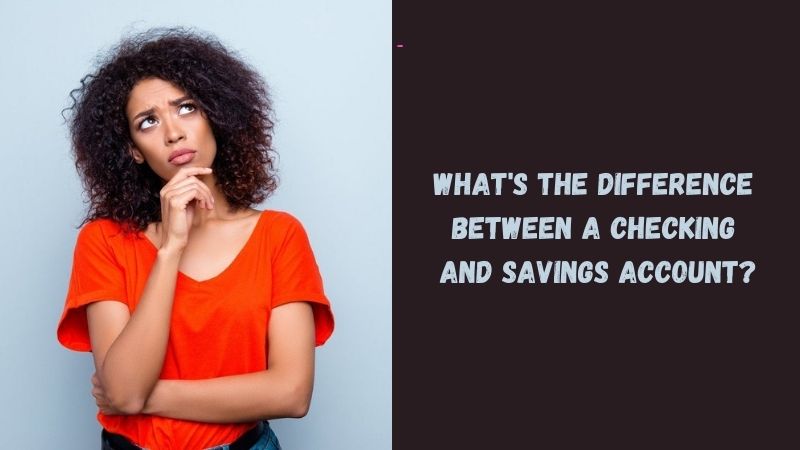
Today, every person has a bank account. This is due to the fact that most payments are made by bank transfer. In addition, they allow not only keeping your savings but also making a profit on your savings.
Individuals or legal entities can open accounts with a bank since there are programs for each group. However, those who are not familiar with the banking system face certain difficulties, namely “what a savings and checking account?”. To avoid any difficulties, you need to know what savings and checking accounts mean. After all, the choice of account is of great importance in financial management.
Features of checking and savings accounts
In the banking system, all accounts are divided into three main groups – deposit, card and checking. They have different conditions and are managed in different ways. Today, almost every person has a checking account since it allows receiving money transfers. That is, the account is designed to receive monthly salaries and pay for running expenses. A feature of this account is constant access to cash. This type is not suitable for investment since the profit will be minimal. It should be noted that a checking account can be opened in any currency. The funds that are available on a checking account belong to you, and you can make any transactions at your discretion.
Checking account
A checking account should not be confused with a deposit type since it is intended exclusively for people and organizations that are engaged in entrepreneurial activity. This form makes various settlement transactions, it can be opened by individuals, legal entities, as well as individual entrepreneurs. This type is required for operations that are related to business. Therefore, it is not used for savings as interest is not compounded.
Savings account
A savings account is needed for those who want to increase their income or save a corresponding amount of money for their needs. The bank offers several banking products on which interest is compounded. The most popular deposits are savings and demand deposits, but the rates are extremely low. This is because the bank does not force the client to comply with the relevant conditions. That is, funds can be withdrawn at any time, there are no restrictions on replenishment, and the amount of the deposit can be any. The term of the deposit is not determined, it is unlimited.
What is the difference between a savings and a checking account?
Most people believe that there is not much difference between the accounts that are opened with the bank. In fact, every account is different for the financial sector. But how do you know if your account is savings or checking? A savings account is a deposit that is opened under certain conditions. That is, an agreement is concluded between a bank and a citizen, in which the amount of the deposit and its validity period are prescribed. That is, money is inviolable for the entire period of the agreement, you cannot perform any actions with it. In life, there are different situations for which you have to terminate the agreement ahead of schedule. The bank allows the termination of the agreement unilaterally before the expiration of the due date. The checking account is managed differently and is intended for other purposes. In addition, the bank’s client has round-the-clock access to his/her account. To withdraw cash, no permission from the credit and financial institution is required. The user makes purchases online or in stores, pays for utilities, mobile communications. There are no restrictions on payments.
Some checking accounts provide interest, but they are insignificant. However, this fact raises doubts among citizens. For this reason, it is required to know how to determine the type of account in a bank.
First, look at the method of calculation, the value of the interest rate, and the cost of transactions on the account. After all, a deposit does not entitle a person to make payments or send funds to a third party. It is impossible to pay expenses from these funds. The interest rate indicates which account is opened.
If it is 0.01 to 5%, then the person has a checking account and funds are available at any time. If it more than 5%, this means you have a savings account since the bank pays such increased rates for the inconvenience incurred by the client.
